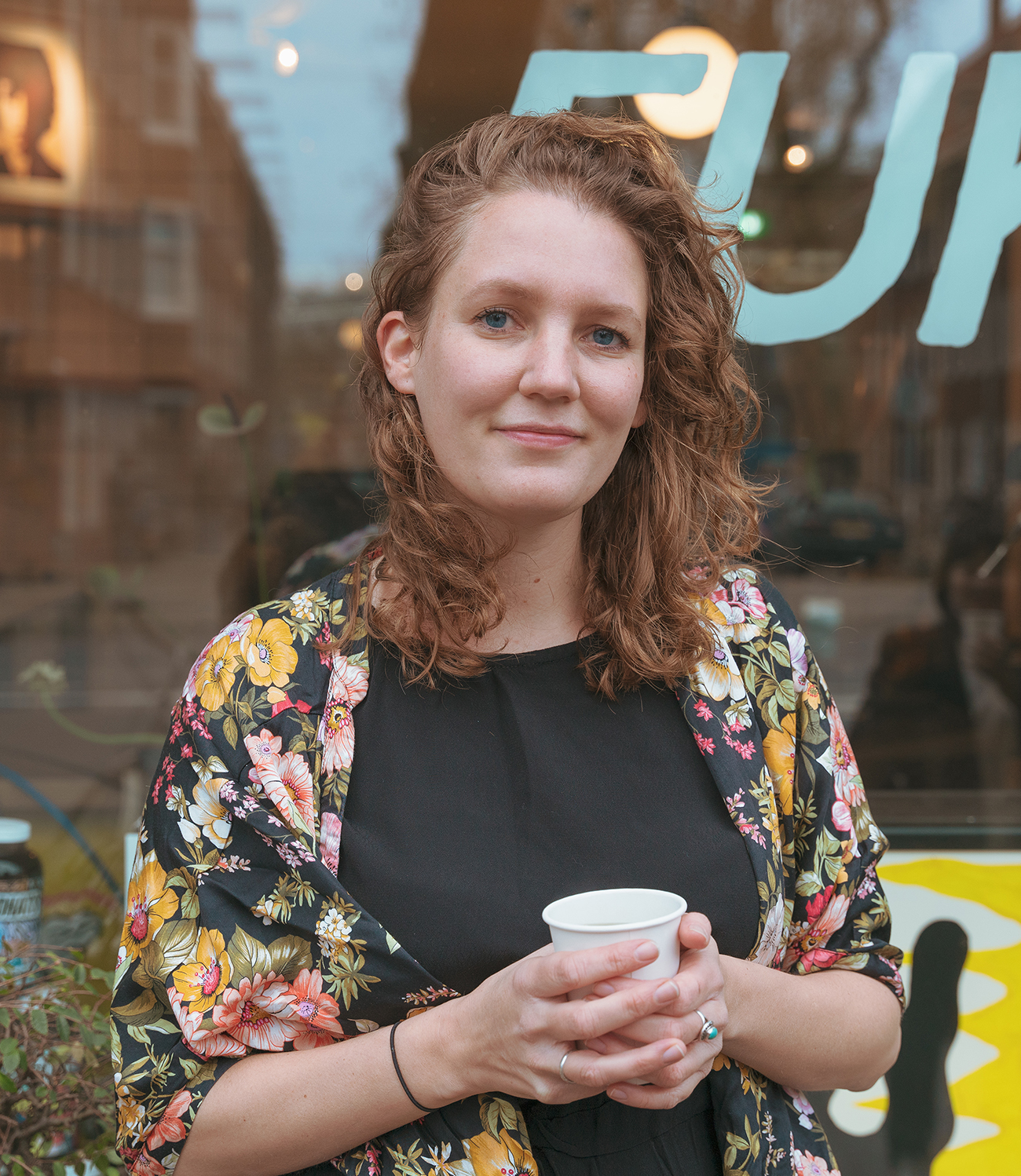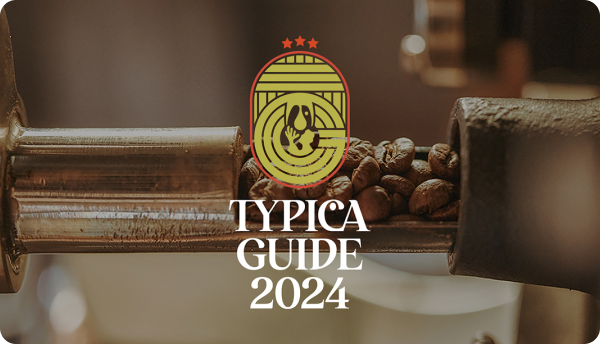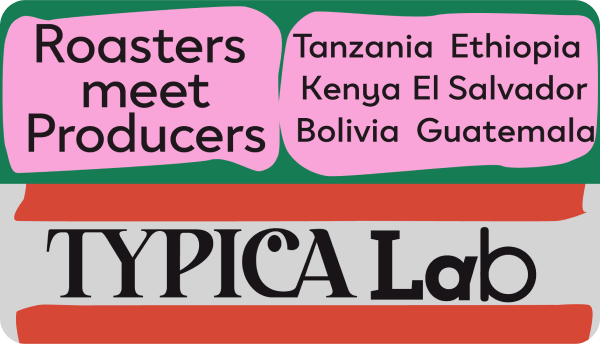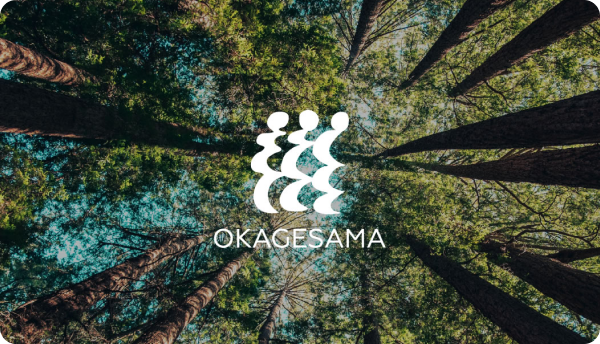
Peru is one of the countries that has the most potential in the specialty coffee market. Cultivar is a coffee company that was founded in 2017 by two former colleagues at Trabocca who fell in love with Peru. We interviewed Lisanne who is based in Amsterdam. Restaurants in Amsterdam were closed due to the lockdown and we sat on a park bench and started talking because we weren’t sure where the interview could take place.

The Encounter with Coffee
I am from a city called Haarlem, which is located near Amsterdam. I studied cultural anthropology at the University of Amsterdam. I was interested in why people behave the way they do and why they make decisions in the way they do. When I was a student, I started working as a barista and became passionate about making perfect espresso and the perfect cappuccino. I even participated in the Dutch Barista Championship in 2007 but it didn’t go so well. (laughs)
When I was at the university, I focused on studying the cultures of Latin America. When I traveled to Latin America to meet with coffee producers, I genuinely fell in love with coffee. When I came back to Amsterdam, I looked for a company where I could become a professional coffee taster, and then I joined Trabocca. I worked as a quality manager for five years and also traveled to coffee-producing areas to research sustainable development and discussed how we can improve the coffee supply chains with producers. I came to the conclusion that the only way to be involved with both the coffee supply chain and quality was to create my own company, so I started going to the production areas in Peru often from 2017 and here I am.”

Why Peru?
I speak Spanish and I traveled to many different Latin American countries. It was natural for me to choose Peru. Peru is very unique, has a lot of potential, and has many smallholders that I would like to work with.
When you think of Peru, I don’t think many roasters will think of the special flavor profiles but fair trade and organic certified coffees will come to mind. However, I knew that there are many beautiful coffees in Peru that are not connected to the specialty coffee market. Many of the farms are located about 2,000 meters above sea level and they produce pure varieties of coffees like Typica, Bourbon, Caturra, Geisha, and Pache. However, no one understood the value of unique flavors and they were mixed in containers.
Peru is an up-and-coming country with great potential.

The Appeals of Peruvian Coffee
The most fascinating point about Peru is its diversity. Each micro-location has its flavor profile. Peru can be divided into three main regions; the North, the Central, and the South, but each region is so different that it feels like they are a different country from each other. It is difficult to define the coffee flavor profiles of each region, but the profile of the northern region is fruity, clean, bright, yellow fruit and red fruit. The profile of the Cusco region in the southeast has beautiful thick chocolate flavors. The profile of the central region, which I’ve recently started working with, is full-bodied and very sweet. They are favored for espresso and blended coffee.

The Challenges Facing Peruvian Coffee
In terms of quality, there is a lack of knowledge on specialty coffee when it comes to smallholders, whose plantation size is on average around two hectares. For example, selective picking is required at harvest time to select the only ripe coffee cherries. The producers themselves can judge the color of the cherries, but it is not that easy for the pickers to assess the color of ripe coffee cherries. The pickers want to pick coffee cherries quickly because their income depends on the number of baskets of the coffee cherries they pick. The same goes for fermentation. Fermentation is done to get rid of the mucilage, but it is not well understood that fermentation has a lot more to do with quality than just fermentation. The drying process is a much bigger issue and many producers do not have drying racks and they just dry them on the ground. That is a very big risk to the quality. To solve this problem, we are investing in drying areas by creating a joint collaboration with European roasters.
In terms of sustainability, for example, reforestation, organic and permaculture practices are being implemented in certain areas in the central region. The biggest problem is the price of coffee. In this regard, we need to facilitate the entire coffee supply chain from producers to roasters.
Rust disease struck Latin America in 2013-2014 and most of the coffee trees were replanted. The policy of the government made it possible to get loans for agricultural revitalizations and many producers planted disease-resistant Catimors, however, it was less than ideal for cupping in terms of the quality. However, there has been a movement recently to go back to traditional varieties of coffee such as Typica, Bourbon, and Caturra. Of course, there is a need to be cautious about diseases, but I think this is a progressive change. Having said that, rust disease has caused many producers to close their farms, sell their land, and move to the cities in search of work.
For Peruvian producers, specialty coffee is still very new. They started focusing on specialty coffees seven or eight years ago, but most farms have only been doing it for the past year or two. There is still a lot of work to be done to change the whole coffee production.

The Impact of the Covid-19
In March, there was a severe lockdown in Peru and Theadros, my Peru-based business partner, was unable to leave his house and visit his plantation. Also, harvesting usually starts in May and June in the lower altitude areas and it became very difficult to hire pickers. There is always a shortage of laborers, but it was especially bad this year. We also heard from the cooperatives that the harvest was not enough to meet the amount we already contracted for. As for exports, there have been some delays and the samples did not arrive on time this time, but I think the impact is less than expected. I think that we have learned through Covid-19 that many things are possible even when there is distance. In any case, the impact should be looked at in the long term.

About Roasters in Japan
I feel that many roasters in Japan are obsessed with the quality of the coffee. The people I’ve met so far are very knowledgeable about the profiles and flavors of coffee. I love talking with these kinds of people and cupping with them. Unfortunately, there were not many opportunities to do so this year.
Please tell us about your favorite coffee from the offer list.
It’s very hard to choose but I liked Susana’s coffee (L2020-022). It had a funky rum flavor to it, and I’m really curious to see what you guys think.

Message to the Roasters
We are very honored to have so many roasters try our coffees. We would love to hear your feedback and what you thought of them. Our vision is to bring the whole coffee supply chain as one over time. Let’s think about it together.








